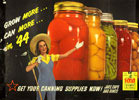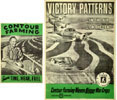Poster Exhibit Overview
Welcome to an exhibit of posters created by Cory Bernat. Click any section title or thumbnail image to view more, or begin with Section 1: Introduction.
Learn more about the physical exhibit >>
Through posters, the United States government attempted to capture the public's attention during World Wars I and II.
What did these urgent war messages about food look like? What changed in the posters from two time periods?
Read More >>







2. WWI: Citizens as Rational and Regional
Voluntary rationing seemed like the best and only realistic approach for a government hesitant to expand its powers
and for a public believed to be comprised of rational, cooperative individuals.
Read More >>



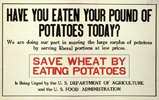
















3. WWI: Posters for the Farm Front
World War I posters encouraged farmers, like other citizens on the homefront, to link their individual efforts directly to the nation's interests.
Many posters suggested that farm work constituted a form of military service.
Read More >>



























4. WWI: Illustration and Explanation, Sobering and Dutiful
Practical information did not overwhelm all posters created during WWI.
Nationally distributed posters were often colorful and highly illustrative.
Read More >>







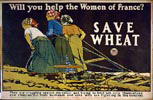








5. Posters and Propaganda Between the Wars
In between the wars businessmen and politicians recognized the importance of the citizen-consumer and sought to influence the behavior of this large population.
Advertisers developed their profession and invented marketing research. FDR used popular media to publicize his New Deal programs.
Read More >>







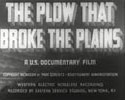

6. 1930-1940s-WWII: Images and Emotions, Citizens as Consumers
By 1941, newspapers, newsreels and magazines regularly exposed the American public to photographic images and a new visual environment.
Some posters showed a desire to convey messages that were simultaneously supportive of the war and friendly to private businesses.
Read More >>


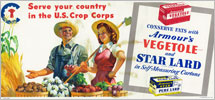





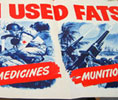







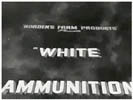


7. Elevating Food, Women and Responsibility During Wartime
Both wars challenged the government to elevate the importance of food production and seemingly mundane daily food habits.
Canning posters depicted reassuring images of abundance (instead of sacrifice) and comforting images of women in the role of homemaker and caretaker.
Read More >>







